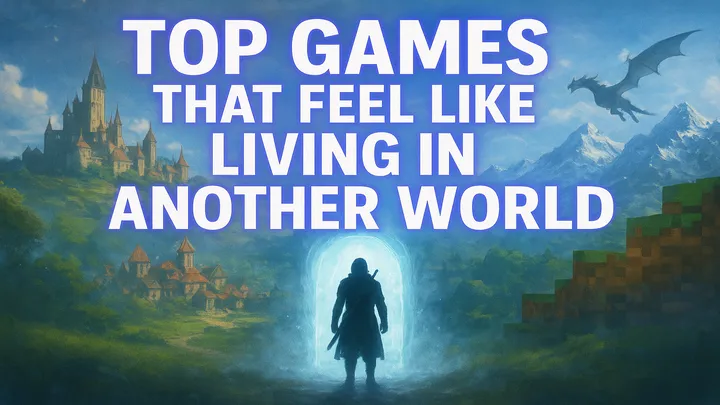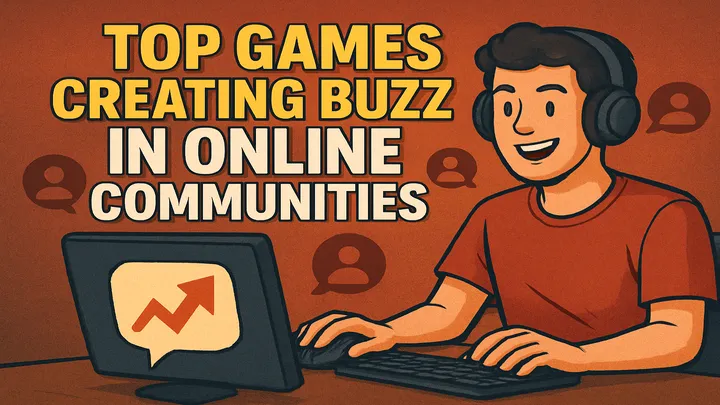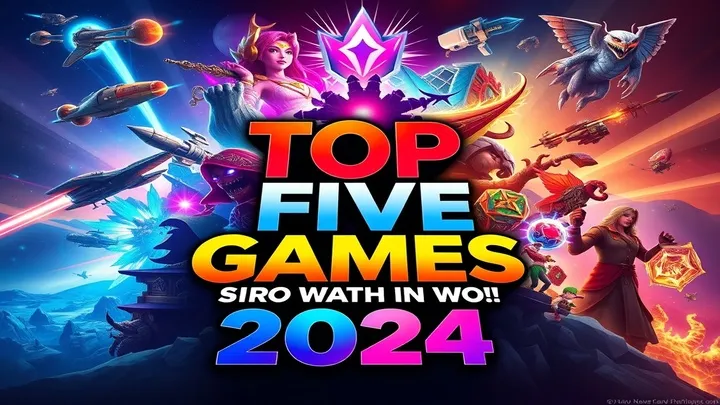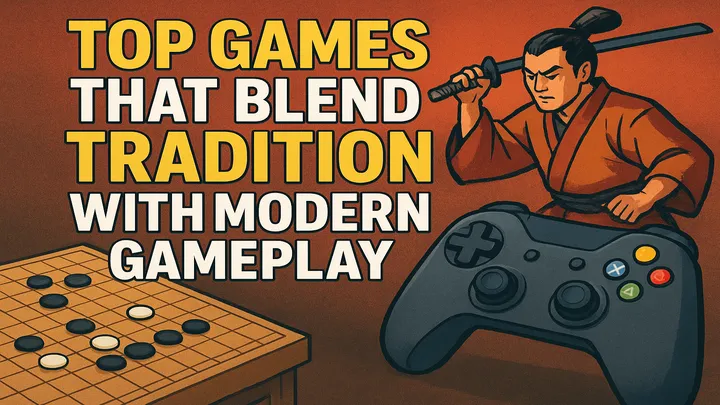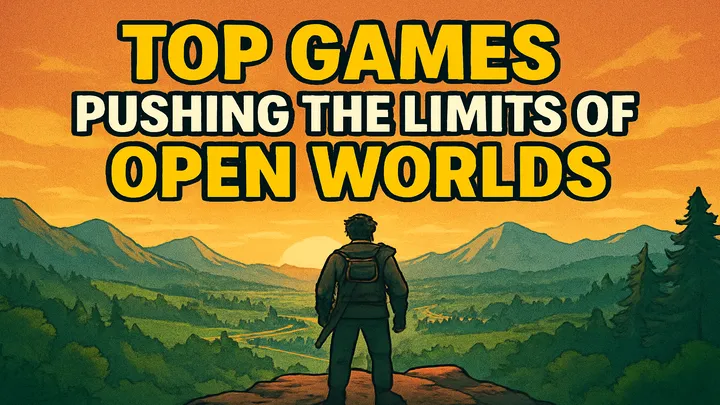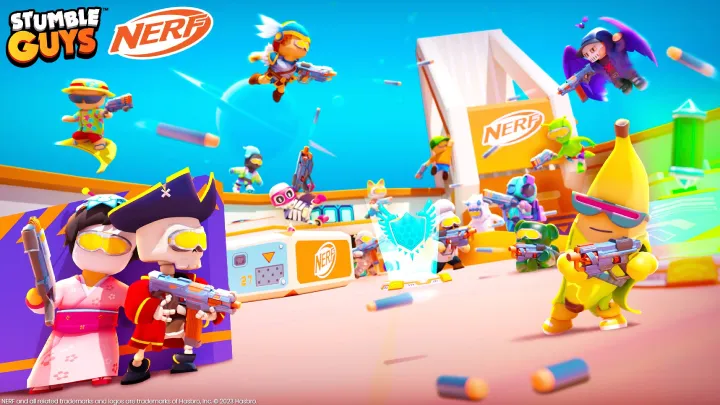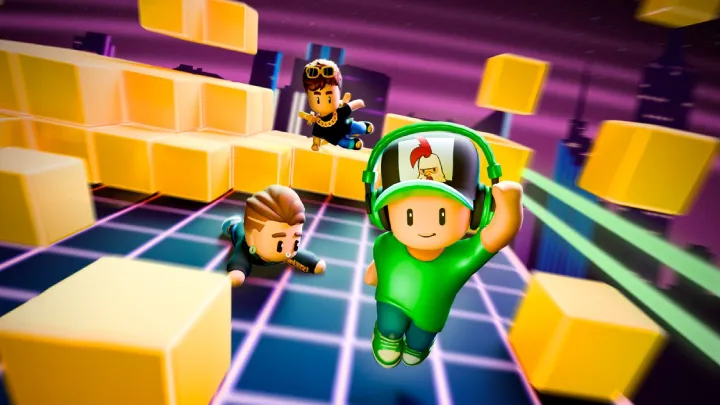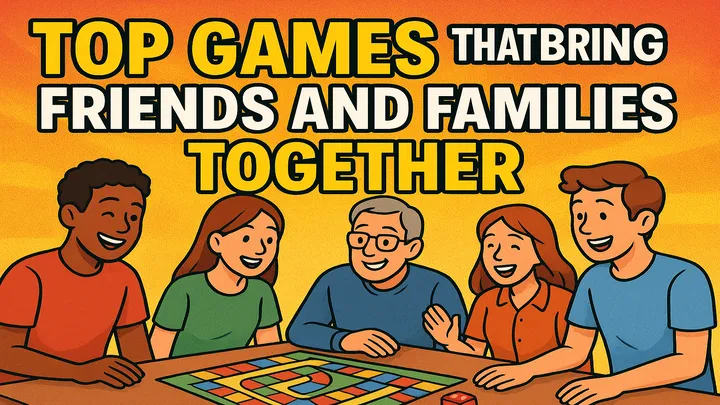Introduction
Since its official release in June 2020, Valorant, developed by Riot Games, has quickly ascended to the ranks of the most popular tactical first-person shooters in the gaming community. Combining the competitive nature of traditional FPS games with unique character abilities, Valorant has captivated millions of players worldwide. This article delves into the game’s mechanics, agent roles, maps, competitive scene, and the community that has flourished around it.
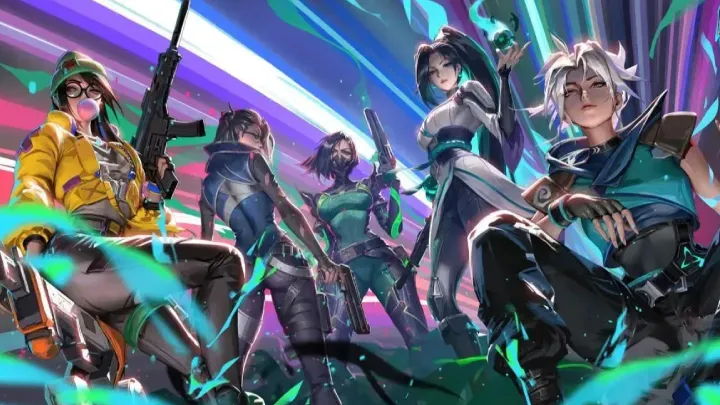
1. The Genesis of Valorant
1.1 Development and Release
Valorant originated from a desire to create a tactical shooter that emphasized strategy, teamwork, and skill. Riot Games, best known for its massive success with League of Legends, began developing the game several years prior to its release. The closed beta was launched in April 2020, allowing players to test the game and provide feedback, which helped shape the final product. Valorant officially launched on June 2, 2020, and quickly became a sensation.
1.2 Concept and Design Philosophy
Valorant was designed with a focus on tactical gameplay. Unlike other shooters that reward raw aim alone, Valorant encourages players to think strategically, use abilities wisely, and collaborate effectively with teammates. The game features a blend of gunplay and character abilities, creating a unique experience that requires players to adapt their strategies continuously.
2. Gameplay Mechanics
2.1 Basic Gameplay Loop
Valorant is a 5v5 tactical shooter where players take on roles as agents, each with unique abilities. The game is played in rounds, with one team attacking and the other defending. The attacking team's objective is to plant a device called the Spike at designated sites, while the defending team must prevent this from happening or defuse the Spike if it is planted.
2.2 Winning Conditions
The game operates on a round-based system, and teams switch roles after 12 rounds. A team wins by either eliminating all opponents or successfully planting/defusing the Spike. The first team to win 13 rounds wins the match.
2.3 Economy System
Valorant employs an economy system that adds depth to the gameplay. Players earn credits based on their performance in rounds, which can be spent on weapons and abilities in subsequent rounds. Managing this economy is crucial; teams must decide when to buy, save, or force buy based on their financial situation.
3. Agent Roles and Abilities
Valorant features a diverse roster of agents, each categorized into four roles: Duelists, Controllers, Initiators, and Sentinels.
3.1 Duelists
Duelists are aggressive agents designed for taking out enemies. They excel in head-to-head combat and are often the first to engage in fights. Notable Duelists include:
- Jett: A fast-moving agent with abilities that allow her to dash and outmaneuver opponents.
- Reyna: A vampire-like agent who can heal herself by eliminating enemies.
3.2 Controllers
Controllers manage the battlefield and create space for their team. They excel at area denial and strategic map control. Key Controllers include:
- Omen: A shadowy figure who can teleport and obscure vision with smoke.
- Viper: A toxic agent who can control areas with her poisonous gas abilities.
3.3 Initiators
Initiators create opportunities for their team to engage. They use abilities to gather information and disrupt enemy positions. Important Initiators include:
- Sova: A scout who can reveal enemy locations with his drone and arrows.
- Breach: An agent who can blind and disorient enemies with his seismic abilities.
3.4 Sentinels
Sentinels provide support and defense for their team. They can heal teammates or lock down areas. Prominent Sentinels include:
- Sage: A healer who can revive fallen teammates and create barriers.
- Cypher: A spy who gathers information through cameras and traps.
4. Maps and Environments
4.1 Overview of Maps
Valorant features a variety of maps, each with its unique layout and strategic points. Currently, the game includes several maps such as:
- Bind: Known for its teleporters that allow quick movement between sites.
- Haven: Unique for having three bomb sites, requiring different strategies compared to other maps.
- Split: A vertical map with multiple levels, emphasizing the importance of height advantage.
4.2 Map Dynamics
Each map has distinct characteristics that influence gameplay. Understanding key locations, choke points, and sightlines is essential for developing effective strategies.
- Spike Sites: Players must familiarize themselves with the designated bomb sites (A, B, C) on each map.
- Mid Control: Gaining control of the middle area is often crucial for dictating the flow of the game.
5. Competitive Scene
5.1 Rise in Popularity
Since its launch, Valorant has cultivated a thriving competitive scene. The game’s tactical depth and emphasis on teamwork have made it a favorite among esports organizations and players alike.
5.2 Valorant Champions Tour (VCT)
The Valorant Champions Tour is the official tournament circuit for the game, featuring various stages, including:
- Challengers: Regional competitions that lead to qualification for higher-tier events.
- Masters: International tournaments showcasing top teams from different regions.
- Champions: The culminating event of the VCT, where the best teams compete for the championship title.
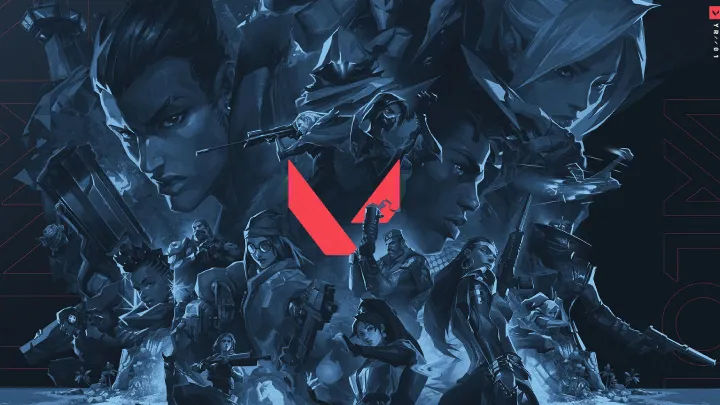
5.3 Notable Teams and Players
The competitive landscape has given rise to numerous professional teams and players who have made a name for themselves. Teams like Sentinels, Fnatic, and G2 Esports have become household names in the Valorant community.
6. Community and Cultural Impact
6.1 Engaging the Community
Valorant has fostered a vibrant community of players, content creators, and streamers. The game's blend of tactical gameplay and character-driven mechanics has led to a plethora of fan-made content, including tutorials, gameplay analysis, and fan art.
6.2 Streaming and Content Creation
Platforms like Twitch and YouTube have seen a surge in Valorant content. Streamers and professional players showcase their skills, engage with fans, and provide insights into gameplay strategies. This community interaction enhances the overall experience and draws new players to the game.
6.3 Events and Collaborations
Riot Games frequently hosts in-game events, collaborations, and limited-time game modes that keep the community engaged. These events often include themed cosmetics, new agents, and gameplay modifications, providing fresh experiences for players.
7. Future of Valorant
7.1 Continuous Updates
Riot Games is committed to keeping Valorant fresh and engaging. Regular updates introduce new agents, maps, and gameplay mechanics, ensuring the game evolves over time.
7.2 Evolving Meta
As the game continues to grow, so does the competitive meta. Players must adapt to changes in agent balance, map dynamics, and strategies, making the need for continuous learning essential for success.
7.3 Expanding the Universe
Riot Games has hinted at expanding the Valorant universe, potentially introducing new lore, characters, and storylines that deepen the game's narrative and connection to the broader Riot Games universe.
Conclusion
Valorant has firmly established itself as a leading title in the tactical shooter genre. With its unique blend of character abilities, strategic gameplay, and a thriving competitive scene, the game offers an experience that appeals to both casual and hardcore gamers. As Valorant continues to evolve, it remains a testament to Riot Games' commitment to creating engaging and dynamic gaming experiences. Whether you're a new player or a seasoned veteran, there has never been a better time to dive into the world of Valorant and explore everything it has to offer.








